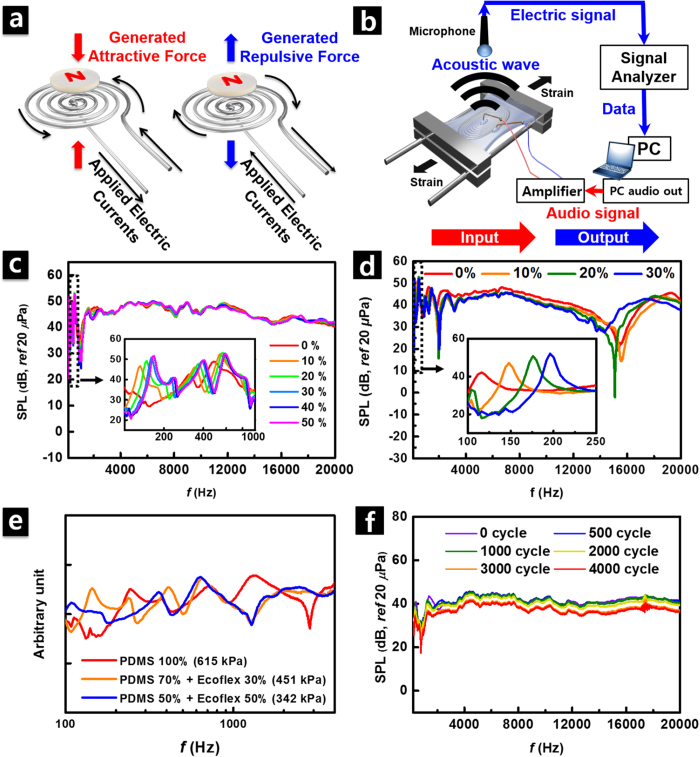Figure 3. Acoustic performance of SAD as a loudspeaker.
(a) Operating principle of SAD as a loudspeaker. (b) Schematic illustration of measuring frequency response of fabricated SAD as a loudspeaker. (c) Change of sound pressure level (SPL) vs. frequency with variation of uniaxial strain from 0 to 50%. Inset is zoomed data in low-frequency region of 100–1000 Hz. (d) Frequency response curves taken under biaxial strain in wide range of frequencies (100 Hz–20 kHz). Inset is zoomed data in low-frequency region of 100–250 Hz. (e) Spectral characteristics taken from SAD with different diaphragm materials. Red, orange, and blue are for PDMS, composite of PDMS and Ecoflex with a mixing ratio of 7:3, and composite of PDMS and Ecoflex with a mixing ratio of 1:1, respectively. Their corresponding Young’s modulus are 615, 451, and 342 kPa, respectively. (f) Change of SPL vs. frequency with repeated number of cycles under 50% uniaxial stretching.

